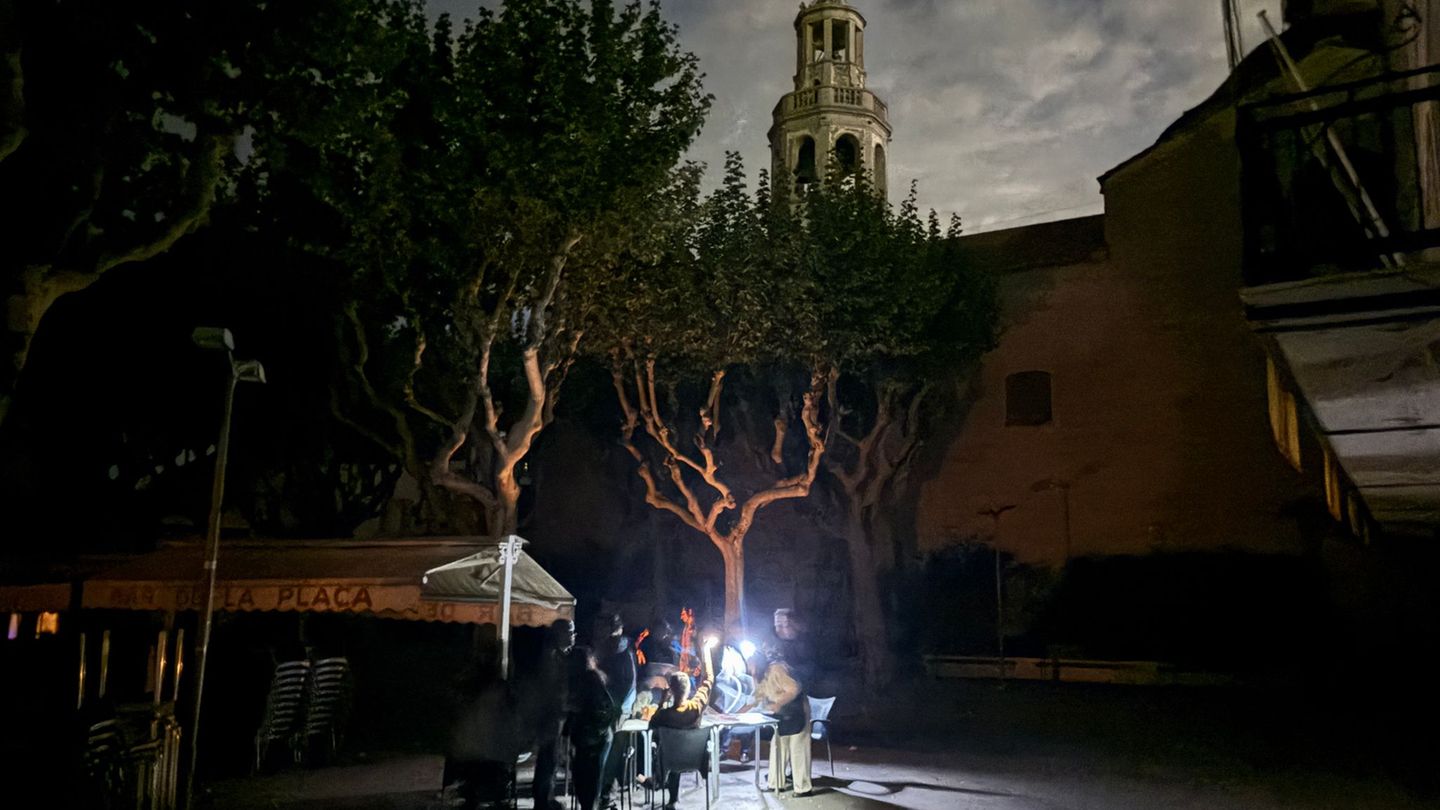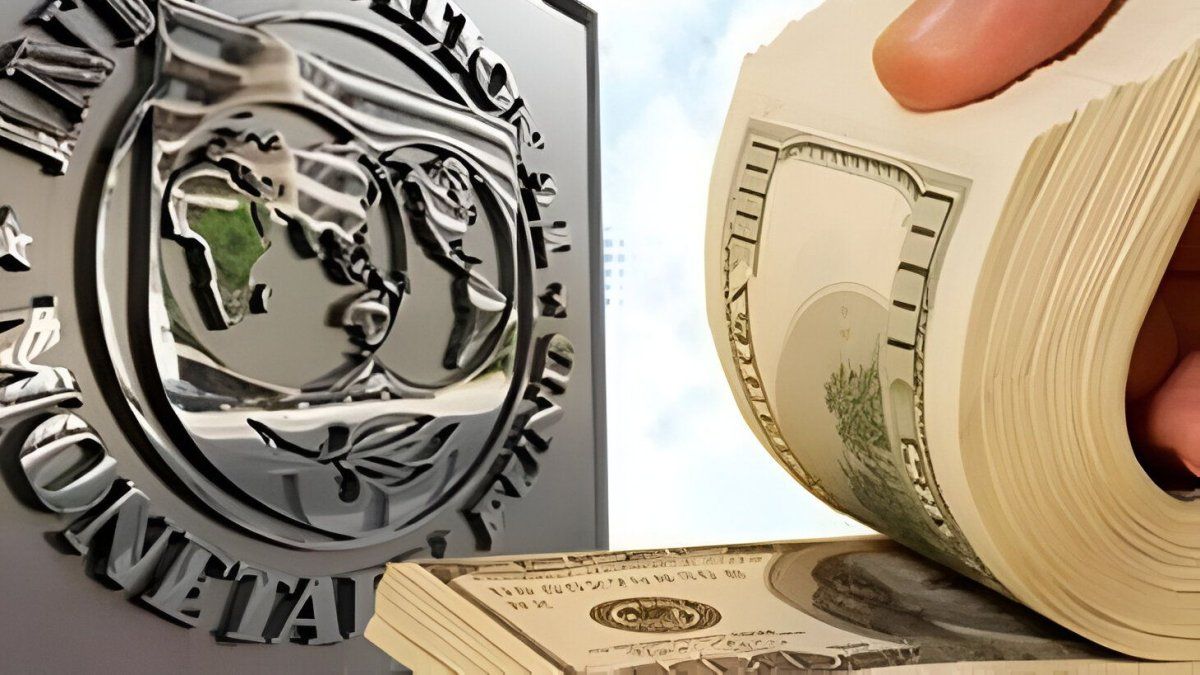For more and more people, the bicycle is not only a popular means of transport, leisure and transport: it is also an economic factor. In 2019, for example, the cycle economy achieved value-added effects of 2.9 billion euros and is therefore as large as the telecommunications industry: Not only direct effects (production, trade, repairs) are taken into account here, but also, for example, indirect effects such as the construction of infrastructure . This is the result of the study “Cycling as an Economic Factor” on behalf of the climate protection initiative “klimaaktiv mobil”, based in the Ministry of Climate Protection. The results were published yesterday, Friday: June 3rd is International Bicycle Day.
Compared to 2009, the gross value added could be doubled. The sectors associated with cycle tourism (accommodation, gastronomy) benefit the most, followed by retail, production and sports services (cycling events, operation of facilities).
46,100 jobs can be attributed to the cycling sector: The leader among the federal states is Tyrol with 8873 employees, ahead of Carinthia and Salzburg, Upper Austria is fourth with 5800 employees.
1000 bikes a day
According to figures from the Association of Sporting Goods Manufacturers and Sports Equipment Suppliers, the share of e-bikes in Austria was 45 percent last year. The largest Upper Austrian manufacturer, KTM Fahrrad, based in Mattighofen, also benefits from this development: 385,000 bicycles were produced last year, of which more than 200,000 were equipped with a motor. The 600 employees manage the production of up to 1000 bicycles a day. (prel)
3 questions to… Christian Gratzer
Spokesman for the Austrian Traffic Club
1. How important is the bicycle in Austria?
Austria has the potential to become a real cycling country: According to surveys, for example, 80 percent of Upper Austrian households have at least one bicycle, and 70 percent of people use it regularly. There is also a strong awareness of climate protection. Nevertheless, four out of ten car journeys are shorter than five kilometers.
2. Why is that?
In order to use the potential, you need a good infrastructure: This applies to the cities on the one hand, but also to the regions. People are using their cars again to run errands because the only way to get to the town center is on the busy highway. Experience shows us that the infrastructure is also used when it is available. Because you are not only climate-friendly, but also cost-effective on the road. It is also very important that train stations are accessible by bike. Many only have a second car to get to the train.
3. What can we learn from other countries?
Cycling countries like the Netherlands show us that infrastructure is key. Then all population groups, from children to the elderly, can be mobile. For example, there are hardly any streets where cars are parked. This leaves more space for cycle paths. Vorarlberg is a pioneer in Austria: the share of bicycle traffic here is more than twice as high as the Austrian average.
- 490,000 bikes were sold in 2021 according to the Association of Sporting Goods Manufacturers in Austria (purchasing figures of retailers, not customers). 45 percent of these were e-bikes.
- 5800 jobs hang in Upper Austria on the Radwirtschaft. Tyrol is the leader with 8873 jobs.
- 425 million euros Gross value added was generated in Upper Austria in 2019 by cycling.
Source: Nachrichten




